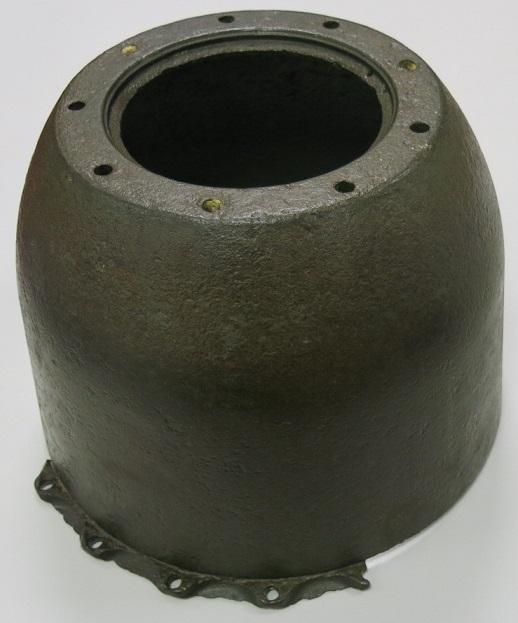Rescuing the De Gaulles
In the early hours of 18 June 1940, Supermarine Walrus L2312, an amphibious aircraft, took off from Mount Batten, near Plymouth, England. It contained a crew of three, an Australian pilot, Flight Lieutenant John Napier Bell; an Australian observer (acting as an air gunner for this flight), Sergeant Charles William Harris and a British wireless electrical mechanic, Corporal Bernard Nowell. In addition to this was a special passenger, British intelligence officer Captain Norman Hope. The crew did not know their mission, nor their destination, it was Hope’s role to brief them after take-off. At 2.55 in the morning they were airborne and making their way to the French coast.
A Supermarine Walrus (also known as the Seagull V) amphibious biplane being taxied by John Napier Bell in 1939.
Their mission was to rescue the family of General Charles De Gaulle, who became the leader of the Free French after the occupation and surrender of France. In May, after Germany invaded France, he told his wife to take their three children and leave their home near Rheims and go to Brittany where passage to England would be arranged. On 16 June he sent her money and passports before he flew to England on 17 June with a few other senior French officers who had refused to surrender to Germany. Upon his arrival in London he asked Prime Minister Winston Churchill to rescue his family from Carantec, on the coast of the English Channel, where they had taken refuge with an aunt.
Unfortunately, the morning of 18 June was very foggy and at 4.30 that morning locals in the French village of Ploudaniel, about 30 kilometres south west of Carantec (as the crow flies) were woken by the sound of L2312 flying low. The fog was thick and it seemed that the aircraft flew back and forth a few times, as if looking for somewhere to land. At least one eye witness account states the aircraft was on fire as it descended, which led to the belief it may have been shot at. Eventually the plane crashed after trying to land in a field, it hit a small embankment and broke in two. All four in the plane were killed. Their bodies were recovered and buried at the cemetery at Ploudaniel, where they remain today.
As no word was heard from the aircraft after it left England and it did not return, a boat, Motor Transport 29 was sent to rescue the family on 19 June. A French interpreter was on board. His mission was to find the family and try to discover what happened to L2312 and its crew. When they arrived they discovered Carantec was already occupied by the Germans, so returned to England empty handed.
Luckily Madame De Gaulle and her family, who were not aware of these rescue attempts, had already left Carantec and had driven down to Brest to try and get a ferry to England. On the way there the car broke down and they missed their boat. Although this seemed unlucky at the time, this was actually fortuitous as the ferry they should have been on was sunk by the Germans on its way to England with all lives lost. They managed to get space on the last boat to leave Brest before the Germans occupied the area and upon arrival in England, set up home in Hampstead, North London.
Soon after the aircraft vanished, the families were sent telegrams to advise that the crew was missing. In early 1941 the four men were all presumed killed and their families notified. Later, French refugees arrived in England with information about the crash which confirmed their deaths and the families were told where their graves were believed to be located. As the country was still occupied, it was not until 1946 when this was confirmed.
Interestingly, the French witnesses, Henry and John Castagna named Bell, Nowell and a man called “Sergeant Bennett” as three of the victims of the crash from identification found on the bodies. The fourth man was unidentified (Harris). As he was with British intelligence there was some speculation at the time that “Sergeant Bennett” may have been Captain Hope, using a different name for the mission. Both Bell and Harris were serving with 10 Squadron RAAF at the time and were the first casualties in action for the squadron. Bell was single, Harris left behind a widow and two sons.
The aircraft wreckage remained in the field at Ploudaniel for a number of months before the Germans removed it. During this time parts were collected by the local inhabitants, including the reduction gear case from the Bristol Pegasus MkVI radial engine. This was donated to the Memorial in the 1970s.



